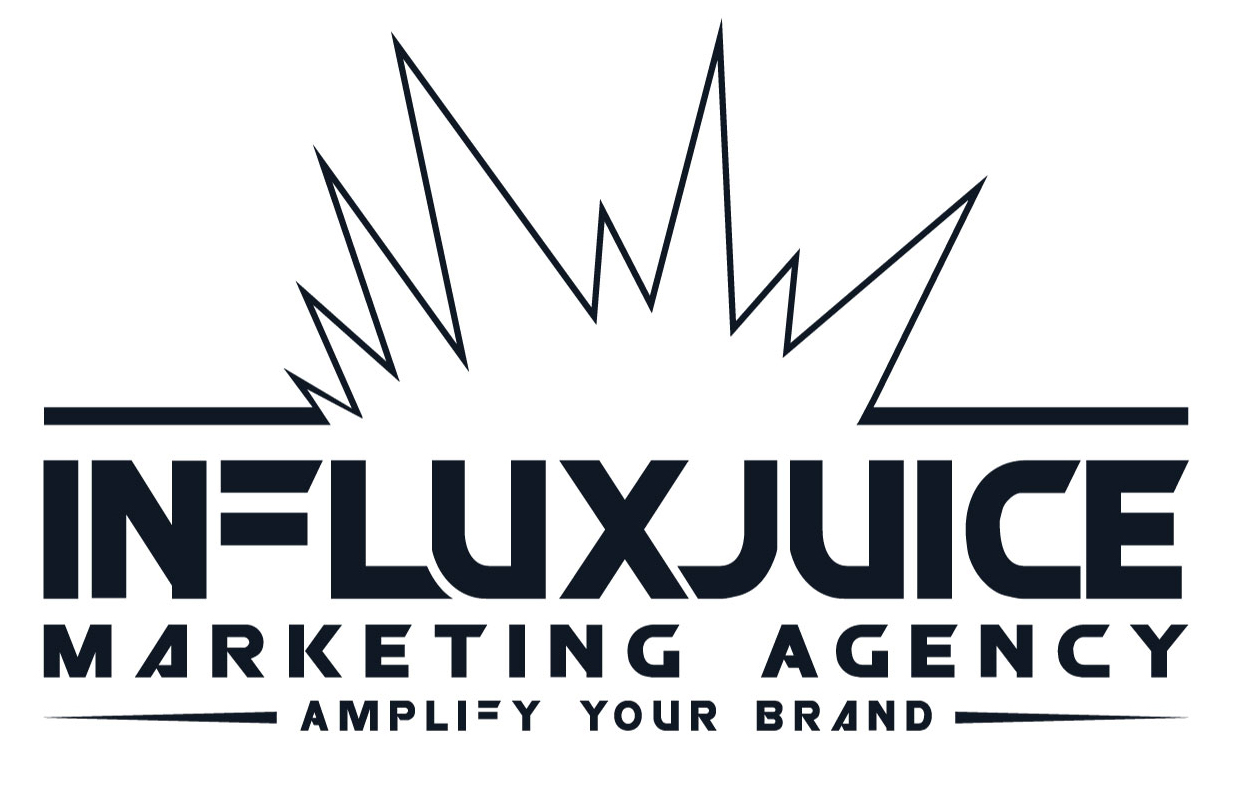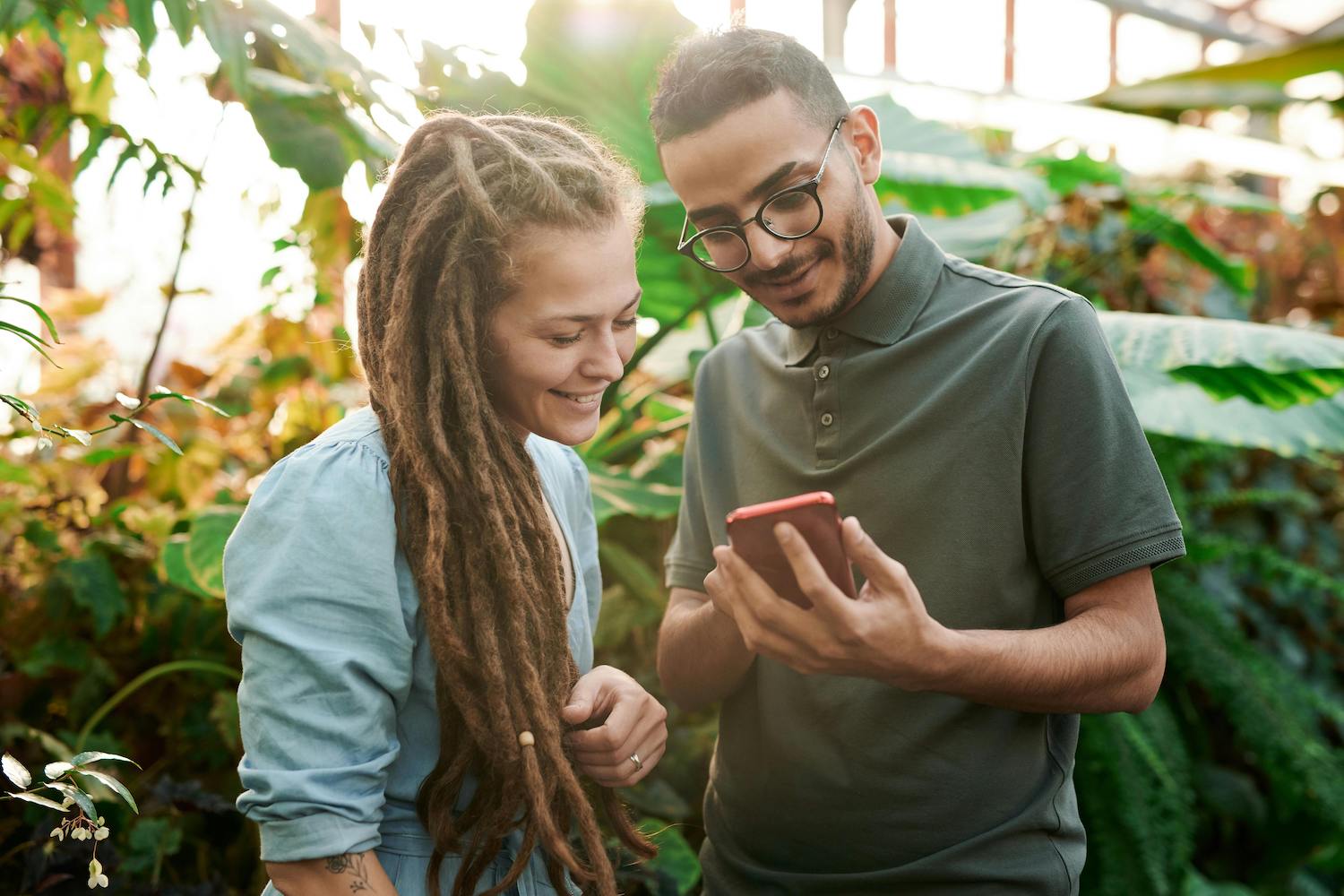If there’s one marketing trend you can’t ignore in 2024, it’s personalisation. But, we’re not just talking about sending emails with someone’s name in the subject line. Personalisation is evolving, and at scale. It’s about delivering the right message, to the right person, at the right time—and on a massive level.
Sounds daunting? Don’t worry, we’ll break down how personalisation at scale is changing the game, and more importantly, how your business can hop on board.
What is Personalisation at Scale?
Personalisation at scale means tailoring marketing messages, offers, and experiences to large customer bases using data, automation, and technology. Instead of a one-size-fits-all approach, brands use data to understand customer preferences and behaviour. Then, they deliver highly targeted content to thousands, or even millions, of people in a way that feels like it’s one-to-one.
In short, it’s marketing, but smarter—and customers love it.
Why is Personalisation Important?
Today’s consumers expect personalised experiences. In fact, a recent survey found that 72% of customers only engage with marketing messages that are customised to their interests. The days of generic ads are long over. Personalisation is now a business necessity.
More importantly, it drives results. Studies show that personalised marketing can increase conversion rates by up to 20%. When people feel understood, they’re more likely to buy. So, if you’re not tapping into this trend, you’re leaving money on the table.
How Does Personalisation Work at Scale?
Getting personalisation right at scale requires more than a basic email list. Here’s how it works in practice:
- Data Collection: Businesses gather data from various sources—website behaviour, purchase history, social media interactions, and more. The goal is to build a detailed customer profile for each person.
- Segmentation: Customers are grouped into segments based on shared behaviours or preferences. For instance, one group might be frequent buyers, while another might be first-time visitors.
- Automation: Once data is collected and segmented, marketing automation tools kick in. These tools send targeted messages to the right segments based on triggers like site visits, cart abandonment, or product views.
- Dynamic Content: The message itself is personalised. Think emails that feature products based on what a customer browsed last week or a homepage banner that highlights a deal for a product category they recently shopped.
The Tools Behind Personalisation
Scaling personalisation is made possible by a few key technologies:
- Artificial Intelligence (AI): AI can analyse massive amounts of data to predict customer behaviour and preferences. It allows businesses to personalise recommendations, emails, and ads on a massive scale.
- Marketing Automation Platforms: Tools like HubSpot or Marketo help marketers segment audiences and deliver personalised content automatically. They also track how well these messages are performing.
- Customer Data Platforms (CDPs): CDPs gather customer data from multiple sources and consolidate it into a single profile. This helps businesses deliver consistent personalised experiences across all channels—whether it’s social media, email, or website.
Real-Life Examples of Personalisation at Scale
Let’s take a look at how some of the biggest players are using personalisation:
- Netflix: Everyone’s Netflix homepage looks different. That’s because Netflix personalises its recommendations based on what you’ve watched, liked, and how you interacted with their platform. And they’re doing it for 238 million subscribers—no small feat.
- Sephora: The beauty giant Sephora excels at personalisation across both online and in-store experiences. Their mobile app uses customer data to recommend products based on past purchases, browsing behaviour, and even skin tone. They’ve also integrated AI to offer virtual try-ons for makeup, making the experience tailored and interactive for every user. Sephora’s loyalty program tracks individual preferences, offering personalised discounts and product suggestions—ensuring that customers always feel like they’re getting a bespoke experience, whether they’re shopping online or in person.
- Spotify: Spotify’s “Discover Weekly” playlist is a perfect example of personalisation at scale. Each week, users get a new playlist tailored to their music tastes. The service has over 500 million users, and yet it feels like every playlist was made just for you.
The Challenges of Scaling Personalisation
While personalisation sounds great in theory, scaling it comes with its own set of challenges.
1. Data Privacy Concerns
As businesses gather more data, consumers are becoming increasingly concerned about privacy. Regulations like GDPR and CCPA have made it more difficult to track customers without their consent. Marketers must ensure they’re transparent about data collection and use it responsibly.
2. Technology Integration
Implementing the right tech stack is crucial for scaling personalisation. But integrating AI, automation tools, and customer data platforms can be complex and costly. Smaller businesses might struggle with this.
3. Content Overload
Scaling personalisation means creating more content—emails, ads, social posts, website variations, and more. This can overwhelm marketing teams. That’s where automation helps, but there’s still a limit to how much content you can churn out.
4. Maintaining Authenticity
The more businesses rely on automated personalisation, the greater the risk of coming across as impersonal. Striking the right balance between automation and a human touch is key. Customers can tell when personalisation feels forced or fake.
The Future of Customer-Centric Marketing
So, what’s next for personalisation at scale?
Hyper-Personalisation
As AI gets more sophisticated, personalisation will become even more granular. Brands won’t just know what you like—they’ll know what time of day you’re most likely to open an email or what colour scheme will appeal to you in an ad.
Voice and Chat-Based Personalisation
With the rise of voice assistants like Alexa and chatbots, personalisation will move beyond the screen. Brands will start delivering personalised content through voice-based interactions and chat-based shopping experiences.
Personalisation Across All Channels
The future of personalisation isn’t just about email or websites—it’s about being everywhere your customer is. Whether it’s through social media ads, chatbots, or even in-store experiences, the goal will be to provide a seamless, personalised journey across all touchpoints.
Final Thoughts: Is Your Brand Ready for Personalisation at Scale?
In today’s competitive market, personalisation at scale isn’t a luxury—it’s a necessity. Customers expect relevant, tailored experiences, and the brands that can deliver will stand out. But, scaling personalisation requires the right tools, the right data, and a commitment to putting the customer first.
The future of marketing is customer-centric, and personalisation is at the heart of it. Are you ready to dive in?
Questions to Ponder
- How does your business currently personalise its marketing efforts?
- Do you have the right tools and data to deliver personalisation at scale?
- What challenges do you face when trying to personalise content for your customers?
Drop your thoughts in the comments. We’d love to hear what strategies you’re using—or thinking of trying.
_________________________________________________________________
Is your business on the first page of Google? Is it on the 2nd? 3rd?
Did you know 75% of users click on one of the top three search results on Google?
Want to learn how to get your business ranked in the top 3 of Google?
Tap here to chat to me and I’ll let you know.
If you’ve enjoyed reading today’s blog, please share our blog link below.
Do you have a blog on business and marketing that you’d like to share on influxjuice.com/blog? Contact me at rob@influxjuice.com.
Tap here for your SEO Cheatsheet and Marketing Guide.

